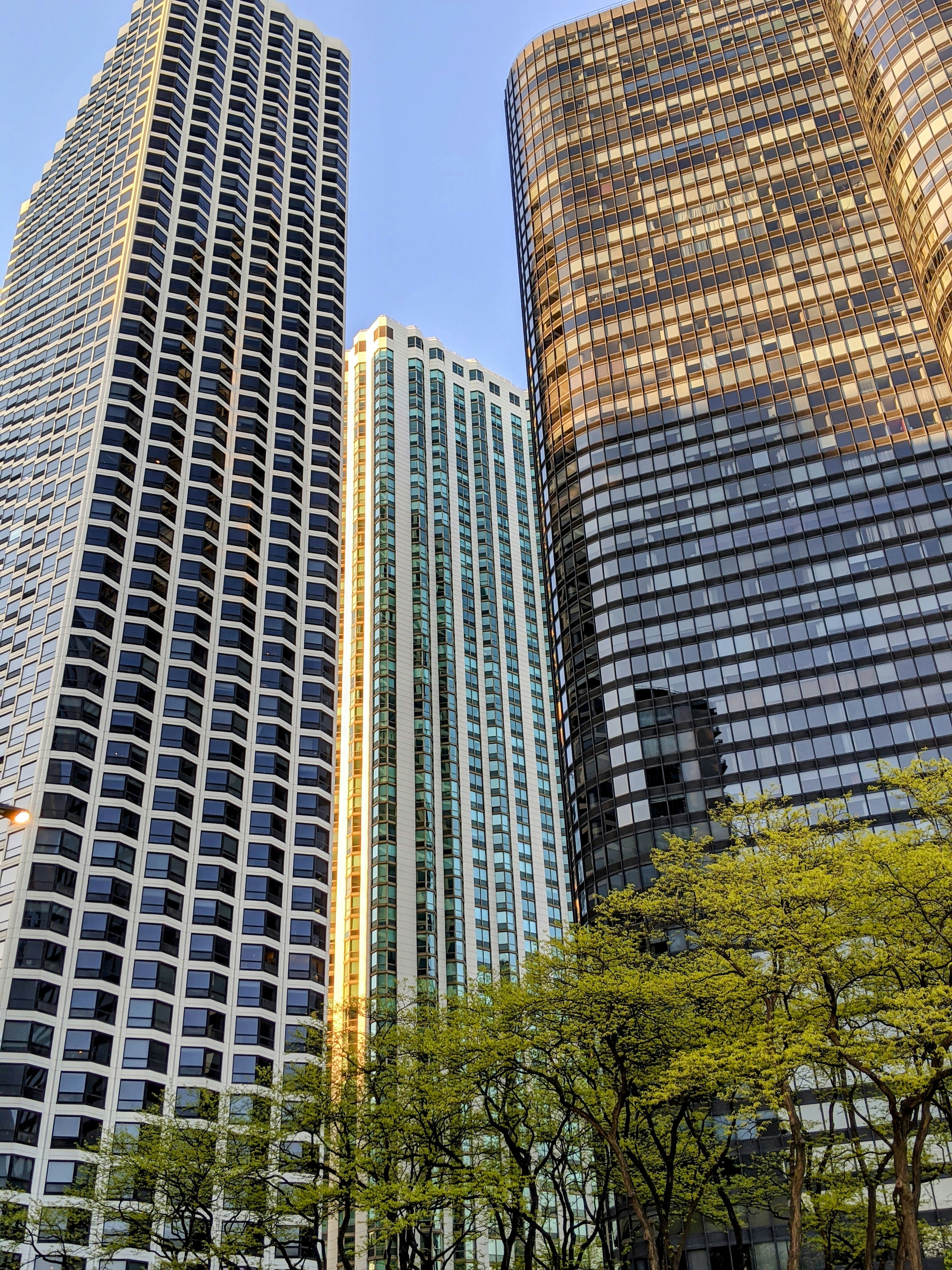Future Proofing Multifamily Portfolios With Smart Tech

The multifamily landscape is shifting at a pace that would make even the most seasoned operator reach for a second coffee. Resident expectations are changing. Operating costs are rising. Competitive pressure is intensifying. And PropTech innovation is accelerating faster than most teams can schedule their next asset review meeting.
For owners and operators looking to stay ahead of these trends, the path forward is clear. Smart technology is no longer a value add. It is a core differentiator that strengthens portfolios and shields assets from obsolescence. The operators who win the next decade will be the ones who leverage tech not only to solve today’s problems, but to stay adaptable to tomorrow’s uncertainties.
Below is a forward looking roadmap for integrating smart tech across the multifamily lifecycle. The goal is simple. Drive efficiency. Increase NOI. Deliver a resident experience that stands out. And build a portfolio designed to compete for years to come.
Why Smart Technology Is Now a Strategic Imperative
The case for smart tech is no longer theoretical. It is operational, financial, and strategic.
Rising Resident Expectations
Today’s renters expect connectivity, convenience, and personalized experiences. Smart access, automated maintenance workflows, and digital communication tools are rapidly becoming baseline expectations. When operators fail to meet these expectations, they see higher turnover and weaker review scores, both of which directly impact revenue.
Operational Efficiency Pressures
Labor shortages, rising payroll costs, and an increasingly complex operational environment have made efficiency central to multifamily success. Smart tools automate repetitive tasks, reduce manual errors, and free onsite teams to focus on higher value work.
Asset Value and Competitiveness
Smart buildings lease faster, retain longer, and command higher rent premiums. Investors are paying closer attention to tech enabled operational models because they directly impact the long term value of an asset.
In short, smart tech does more than modernize buildings. It future proofs the balance sheet.
Core Pillars of a Future Proof Multifamily Tech Strategy
Future proofing means building a tech stack that scales with evolving demands, integrates easily, and supports both operational and resident centric goals. These four pillars guide a strong foundation.
Pillar 1: Intelligent Building Systems
Smart building technologies increase efficiency, reduce resource waste, and help teams proactively manage infrastructure.
Energy Management and IoT Monitoring
IoT sensors can track real time usage across HVAC, lighting, and water systems. With automated recommendations and anomaly detection, operators can reduce utility expenses, identify failing equipment early, and optimize environmental performance.
Predictive Maintenance Tools
Instead of waiting for equipment failure, predictive tools analyze historical data and sensor inputs to anticipate issues. This reduces downtime, avoids costly emergency repairs, and extends asset lifespan.
Pillar 2: Smart Access and Security
Security is a top priority for residents and operators alike. Smart access solutions have transformed the way teams manage entry, identity verification, and guest permissions.
Mobile and Keyless Entry
Mobile credentials eliminate physical key management, reduce lockouts, and streamline turnover. Operators gain granular control and real time visibility into access activity.
Smart Surveillance and Remote Monitoring
Cloud based cameras with analytics help teams automate incident detection, improve risk mitigation, and reduce insurance exposure. The ability to review footage remotely enhances oversight without added staff.
Pillar 3: Resident Engagement and Digital Experience
Future proof portfolios invest as much in resident experience as they do in infrastructure.
Resident Apps and Communication Hubs
Centralized resident apps consolidate payments, service requests, community updates, and amenity reservations. This improves convenience for residents and creates data rich insights for operators.
Automated Renewal and Retention Workflows
AI powered communication tools can identify at risk residents, prompt timely outreach, and streamline the renewal experience. This reduces vacancy loss and keeps occupancy stable across market cycles.
Pillar 4: Operational Automation and Data Transparency
The next wave of multifamily optimization will be driven by automation and analytics.
Workflow Automation
Automated processes for service requests, invoicing, inspections, and compliance save time and eliminate errors. This allows smaller teams to operate more like scaled enterprises.
Portfolio Dashboards and Predictive Insights
Centralized dashboards allow executives to monitor performance trends, spot opportunity gaps, and make decisions backed by real time data. Smart analytics support more accurate budgeting and long term planning.
Smart Tech Use Cases That Directly Improve NOI
Smart technology is only as valuable as the measurable outcomes it creates. The following use cases directly impact NOI through cost savings, revenue lift, or operational optimization.
Reducing Vacancy Through Better Retention
Retention is one of the most powerful drivers of NOI. Smart communication tools simplify the resident experience, reduce frustration, and keep renewals high. Automated reminders, in app notifications, and digital leasing workflows eliminate friction that often contributes to turnover.
Lowering Operating Costs
Smart energy systems reduce waste. Predictive maintenance cuts emergency repairs. Workflow automation reduces overtime and manual workload. Combined, these solutions create long term cost efficiencies that scale across a portfolio.
Creating Premium Revenue Opportunities
Smart access, amenity reservation systems, and turnkey unit upgrades enable properties to introduce new revenue models. Smart thermostats, package lockers, and EV charging stations can enhance perceived value and justify premium pricing.
Boosting Leasing Velocity
Digital leasing tools, virtual tours, and automated follow up sequences accelerate the lead to lease cycle. Prospects experience a frictionless journey while leasing teams operate more efficiently.
How To Evaluate Smart Tech Solutions for Portfolio Fit
With the PropTech ecosystem growing at record speed, not every solution will meaningfully move the needle. A strategic evaluation framework ensures your tech stack is built to last.
Focus on Integration and Data Flow
A future proof tech stack must integrate cleanly with property management systems, access control platforms, and communication tools. Siloed data slows down operations and reduces visibility.
Prioritize Scalability
Select solutions that can expand across multiple assets without large increases in cost or implementation time. A scalable platform reduces complexity and improves adoption across teams.
Look for Measurable ROI
Vendors should provide clear metrics related to cost savings, rent premiums, or time reductions. Prioritize technologies that can demonstrate direct NOI impact.
Ensure Team Adoption
The most advanced tools are useless if onsite teams cannot or will not adopt them. Choose intuitive platforms with strong onboarding, training support, and easy day to day usability.
The Future of Smart Tech in Multifamily
Smart technology adoption is only entering its second wave. The coming years will introduce new opportunities, new operational efficiencies, and new competitive advantages for early movers.
AI Driven Operations
AI will become the operational backbone of multifamily. Expect predictive insights, automated leasing communications, and proactive issue detection to become standard tools for asset managers and onsite teams.
Connected Community Platforms
Resident platforms will evolve into community ecosystems, supporting hyper personalized experiences, services, and neighborhood integrations. This will deepen loyalty and reduce turnover.
Digital Twin Technology
Digital twins will give operators real time replicas of their buildings for advanced monitoring, scenario planning, and strategic forecasting. This technology will help teams model maintenance needs, budget more accurately, and understand asset performance holistically.
Sustainable Tech Integration
As cities strengthen climate regulations, sustainability reporting and smart environmental systems will play a central role in compliance and asset value protection.
Implementation Roadmap for Multifamily Operators
To future proof a portfolio effectively, implementation must be intentional and phased.
Phase 1: Assess and Prioritize
Conduct a portfolio wide tech audit. Identify inefficiencies, major cost centers, and areas where resident satisfaction is weakest. Prioritize solutions that target the highest value opportunities first.
Phase 2: Pilot and Validate
Start with pilot properties to test functionality, adoption, and ROI. Use these insights to build a full rollout plan.
Phase 3: Standardize and Scale
Once validated, create standardized playbooks for installation, training, support, and ongoing measurement. Scaling with consistency ensures long term success.
Phase 4: Monitor and Optimize
Measure performance regularly. Use dashboards and analytics to identify ROI drivers and refine operations. Smart tech should evolve with your portfolio, not remain static.
Conclusion
Future proofing multifamily portfolios is not about adopting technology for the sake of innovation. It is about building agility into your operations, delivering seamless resident experiences, and positioning your assets to outperform in competitive markets.
Smart technology strengthens financial performance, increases operational resilience, and elevates the resident journey. It creates a modern, efficient, and adaptable portfolio designed for long term success. Operators who embrace these tools today will lead the industry tomorrow.
If your goal is to build a portfolio that thrives in the next market cycle and beyond, smart tech is not optional. It is your competitive advantage.


